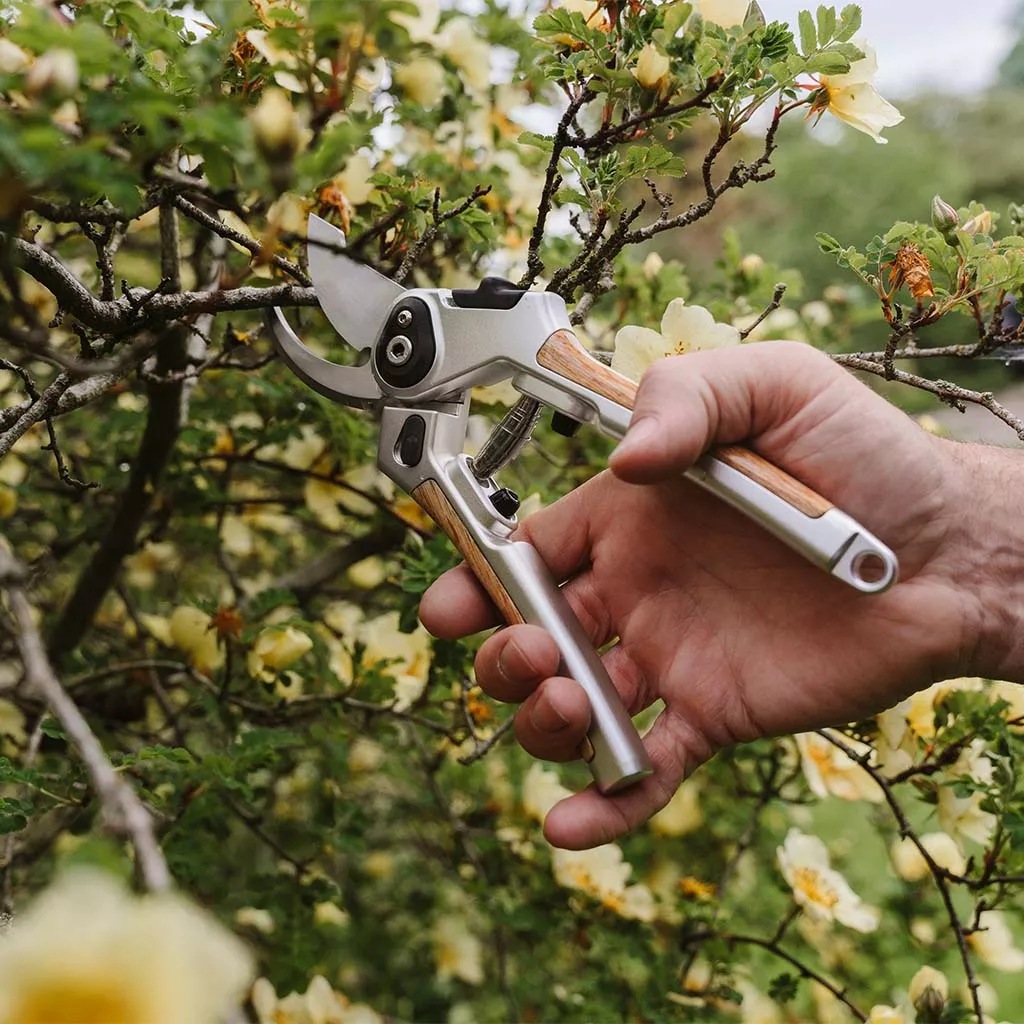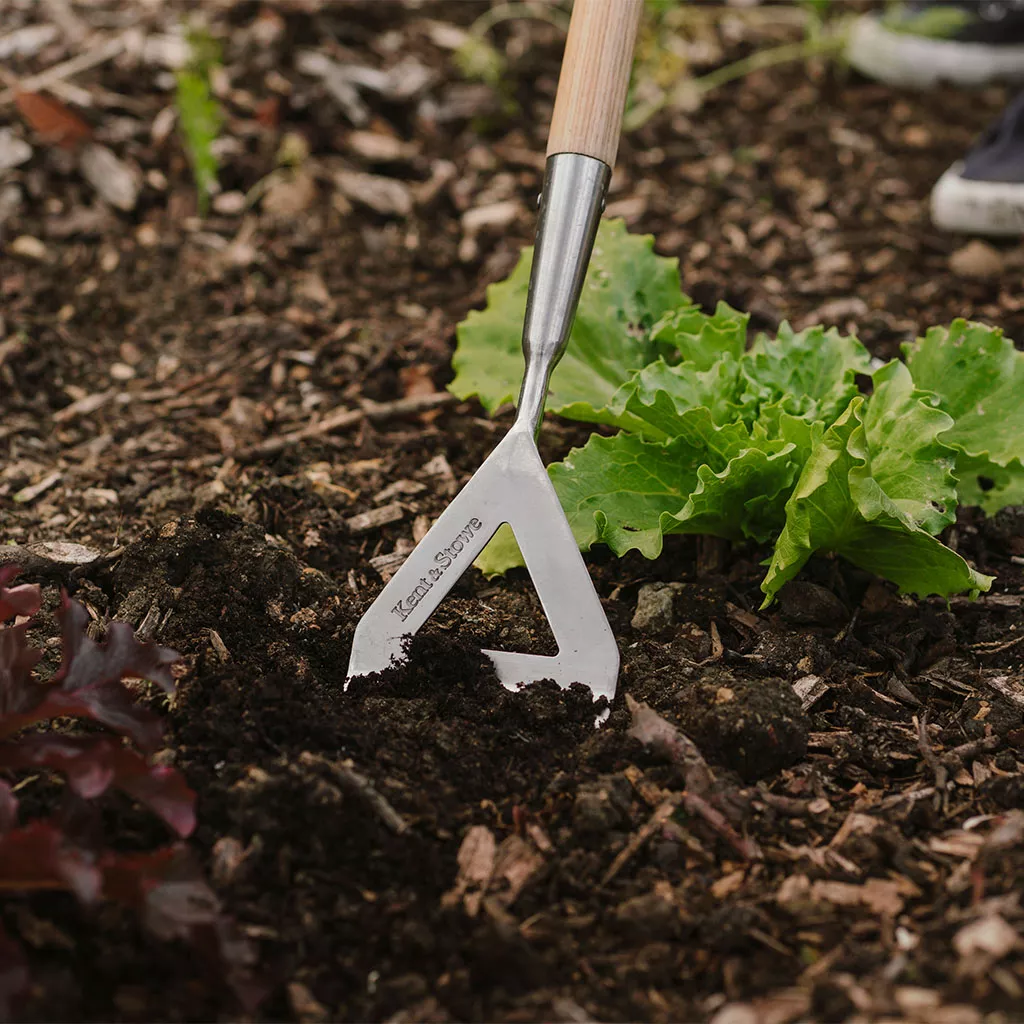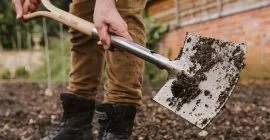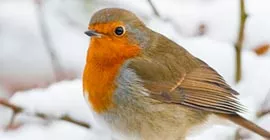Is there anything worse than helplessly watching your garden as a storm wreaks havoc on your hard work. With every winter comes the expectation of heavy rain, hail stones, snow, and strong winds. This weather can be detrimental to your plants and shrubs. It can cause roots to rise up from the soil, stems to snap, and foliage to fall.
Although you can try to prepare as much as possible when you hear of an impending storm, sometimes it is just simply out of your control.
How to prepare your garden for stormy weather
- Stop feeding your plants at the end of the season, as this allows for tender new growth. These are prime targets for frost damage. Allow your plants to slow their growth naturally
- Remove and diseased foliage. So get rid of the branches and leaves you can see that look diseased. Remember not to compost these as this could infect your compost over winter.
- Operation tidy – remove any dead branches and leaves from your beds and borders as well as your lawn.
- Protect your bulbs by digging up any tender ones that might not make it through the winter. Allow them to dry out for a few weeks and then store in a container ready for replanting in spring.
- Protect your plants by adding a much needed layer of mulch. Do this about 3-5″ deep. It will help to retain moisture.
- Some plants need extra help to keep warm. Add plant jackets and fleeces to those plants that require more insulation.
- Ensure if you have roses, that you stop fertlising around august. Allow them to shut down for the season.
- Add supports in the form of canes, and plant rings for anything that is unsteady.
- Make sure there is adequate drainage around plants. Ensure there are proper runoffs away from the garden.
After the storm:
Make a damage assessment
Assess the damage and see if anything has uprooted or broken. Even if a shrub is broken it can probably still be saved. If plants are still in one piece, please don’t throw them. Give that plant some time, as perennials can make a comeback. Allow roughly 6 weeks to see if any new growth appears. If nothing happens, simply cut the stems right back to the base and see if it regenerates for next season.
We recommend pruning your annuals and perennials of any damage or dead areas immediately following a stormy period – this will help to prevent any disease from developing.
Remove Broken Stems
Take a pair of sharp bypass secateurs and cut back the area as close to the stem as possible. This ensures the plant doesn’t waste any energy and will revive much quicker.

Ensure plants are back in place
If the worst happens, and the storm has ripped your plant out of place, leaving exposed roots, you can still have viable roots. For example some plants like a hydrangea will take replanting really well. So if this is the case, simply re mulch your bed or border, add top soil back that may have been washed away. Place your plant back in and back fill, pack it in well.
Don’t fertilise immediately, give your plants a good few weeks at least three, to recover on their own. Growth boost is not beneficial to the plant when it’s overall structure has been compromised.
Remove plants that are not salvageable
Its hard to decide when to completely remove a plant or shrub. But you need to be ruthless and remove those you feel won’t regenerate. You may find you are able to compost them.
Weed, weed, weed….
The benefit to a storm is how soft the soil and ground will be. Its the perfect time for some clearing of weeds. These should pull up relatively easy by hand. Or use a weeding tool to unearth the root whole. See our Kent & Stowe Weeding range here.

Aerate
As the soil is quite damp, its likely to have become compacted. Use a digging fork or border fork to create small pockets of air to allow airflow and improve drainage.




